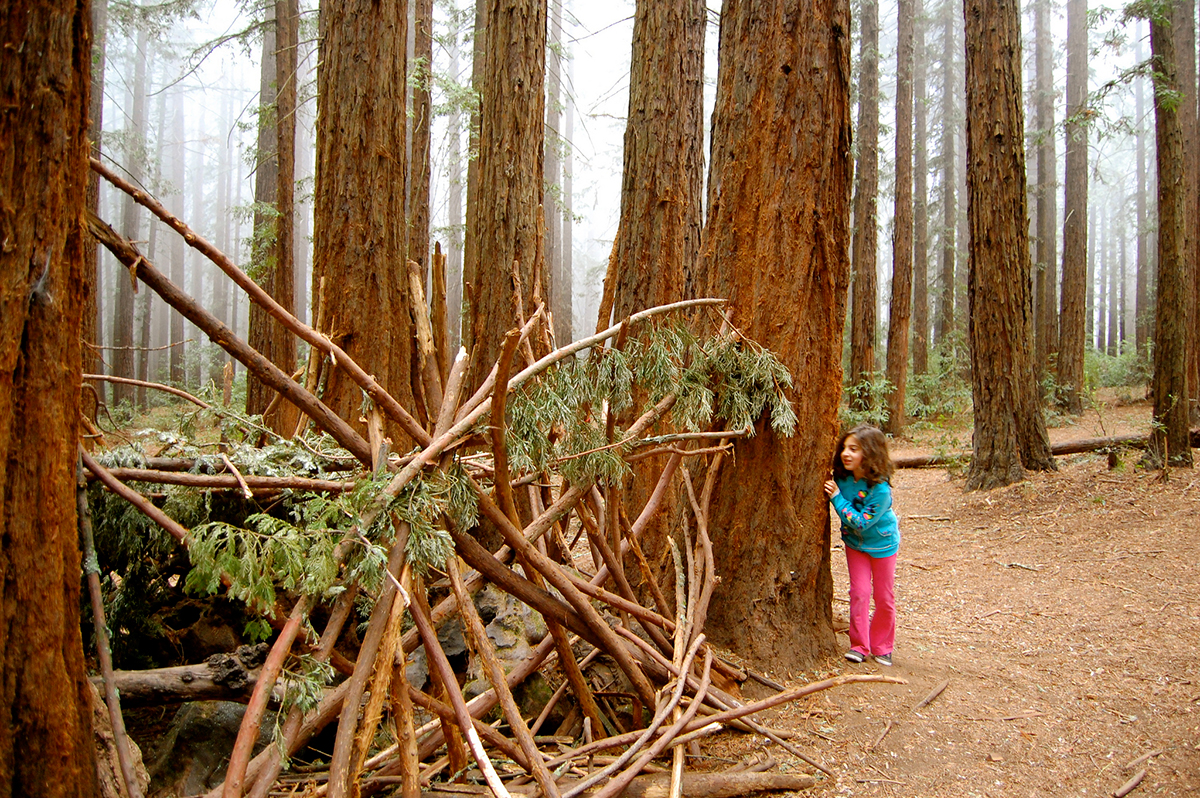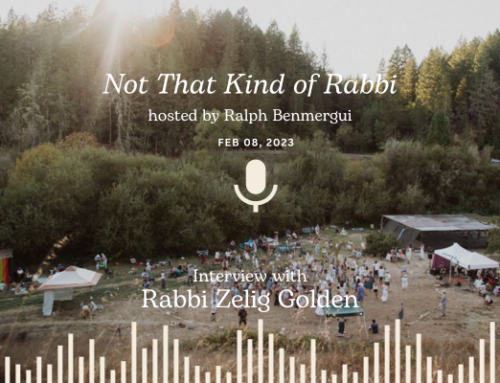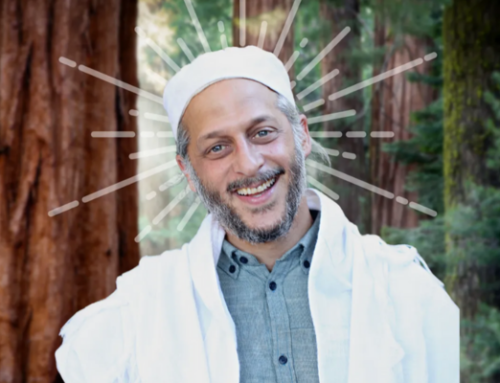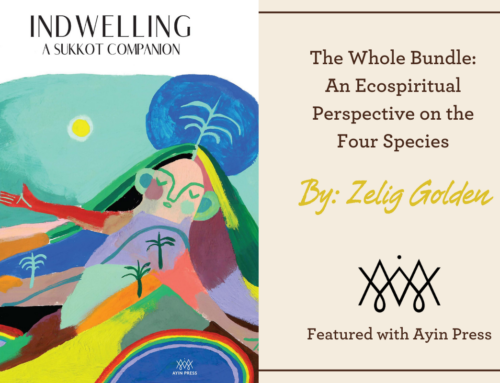Countering the Effects of Nature Deficit Disorder
11 Tamuz 5774 | July 9, 2014
When’s the last time you…
- played hide and seek in the woods
- listened to the call of the birds
- followed a deer trail to its end
- walked through a creek bed collecting stones
- built a fort out of sticks and leaves
Does simply reading these words feed some part of your soul – maybe invite you to take a deep breath?
Richard Louv coined the term “Nature Deficit Disorder” in his groundbreaking book Last Child in the Woods. The term refers to the idea that people, especially children, spend less time outdoors, causing a wide range of behavioral problems.
Studies prove that free, imaginative outdoor time is an essential nutrient for children’s development, just like Vitamin C. Further, outdoor time leads to higher levels of functioning and counters the recent rise in emotional, physiological, and neurological disorders.
Louv links decreased time in nature and increased time inside in front of screens to the rise in attention disorders, obesity, and depression among America’s youth. He says that much of this can be healed, and altogether avoided, with the simple remedy of time in nature. He even refers to this as nature’s Ritalin!
At Wilderness Torah, we’ve created programs designed to help counter nature deficit disorder and reconnect children with nature.
In Hebrew the words for human, Adam, and earth, Adamah, are from the same root. In English, the word human is connected to humus, the fertile top layer of soil. We are literally made of earth and therefore children learn a great deal when their bodies and minds interact with the greater web of life.
So, what constitutes exposure to nature? Although children are educated about environmentalism, they have largely lost the deeper connection to the natural world that comes from spending time wandering, exploring, and playing on the land.
To illustrate this point, Louv writes about his experience as a youngster.
“Nobody in the 1950s talked about acid rain or holes in the ozone layer or global warming. But I knew my woods and my fields; I knew every bend in the creek and dip in the beaten dirt paths. I wandered those woods even in my dreams. A kid today can likely tell you about the Amazon rain forest – but not about the last time he or she explored the woods in solitude, or lay in a field listening to the wind and watching the clouds move.”
Each moment our B’hootz and B’naiture children have their feet on the soft earth, each dam they build in the water running through the Redwood Regional valley, each time they hide so well they can hear their heart beating and the crispness of the birds and squirrels around them, and each moment they laugh or run through the forest, they are drinking up the essential nutrient of earth connection.
Once this connection is formed, children’s overall ability to respond to life’s stimuli increases, and their environmental stewardship and care for the earth comes from a deep place of connection rather than obligation or morality.
At this critical time for Mother Earth and humanity, as we raise the next generation of political leaders, healers, lawyers, doctors, artists, authors, and social innovators, it is essential that we provide them with time in nature. This will give them deeper fulfillment in their lives and help them become the future shomrei adamah, guardians of the earth.






